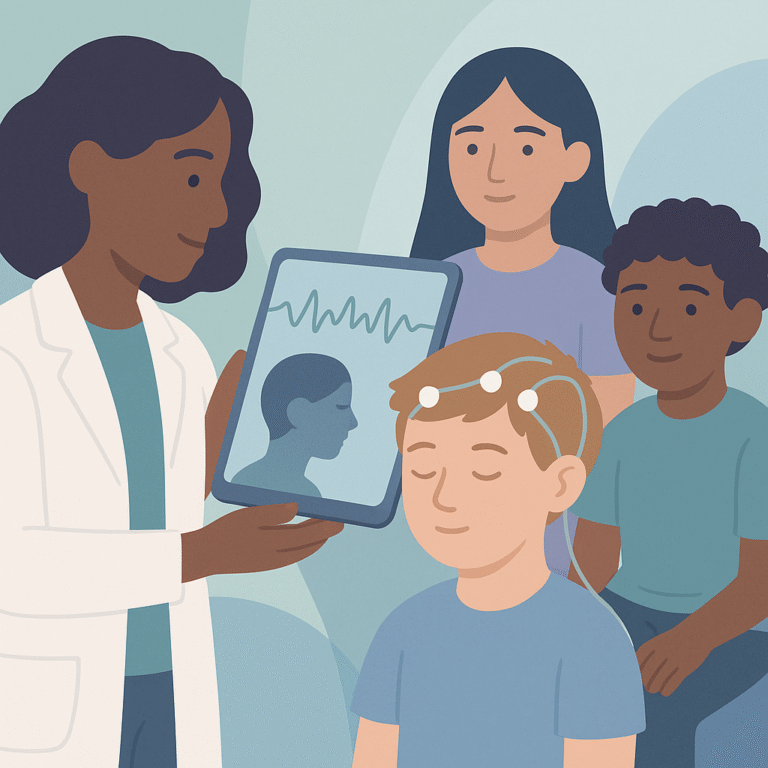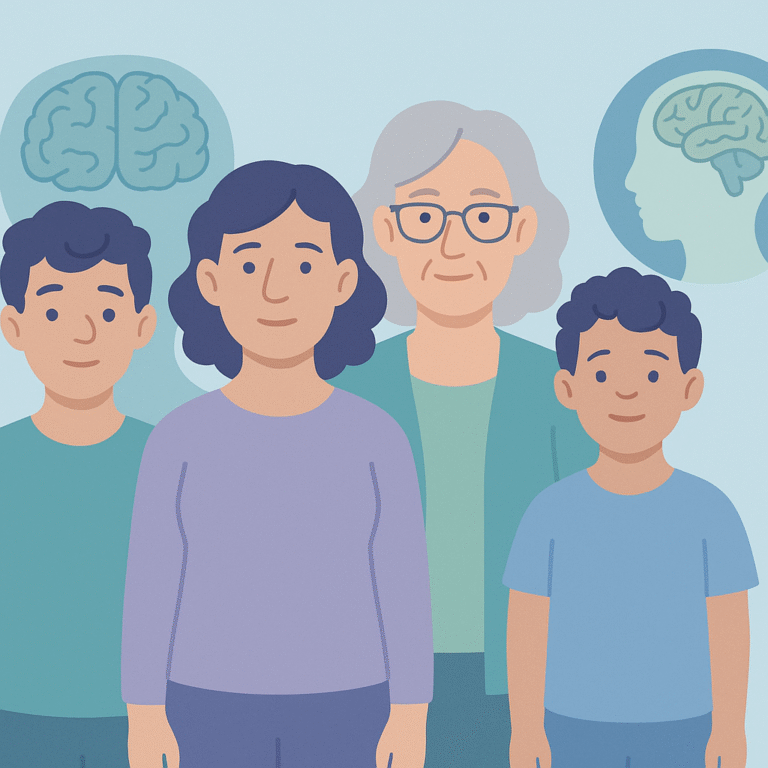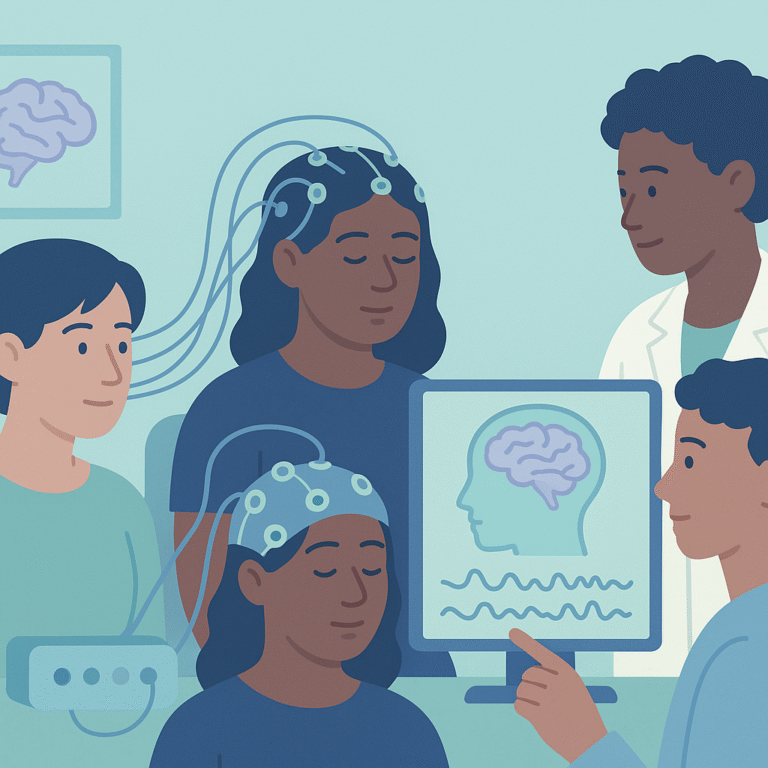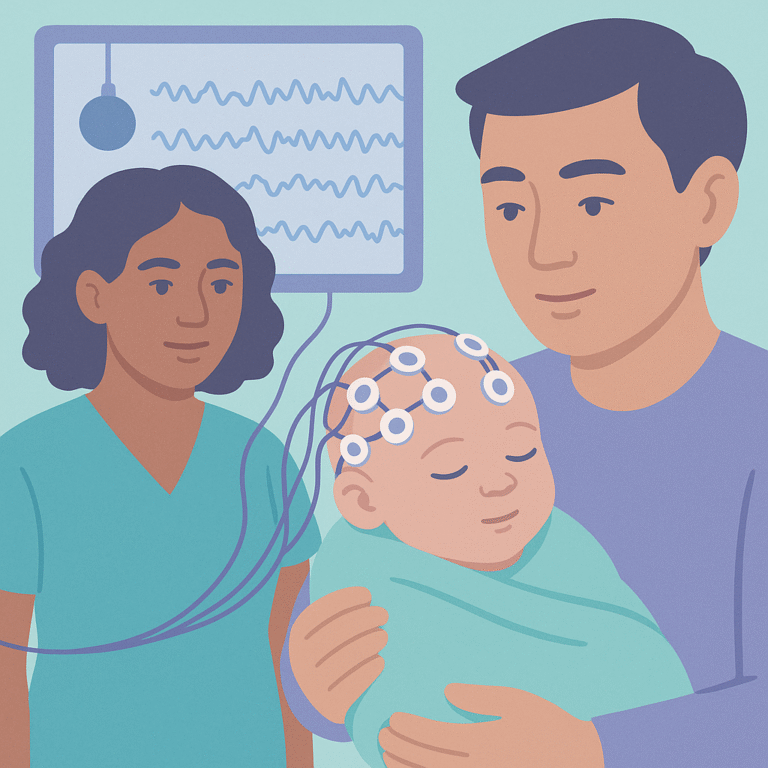New Tool Helps Identify Seizure Types in Children with Epilepsy
This study looked at how well a new questionnaire-based tool can help classify seizure types in children with epilepsy.
Epilepsy genetics explained: Explore epilepsy genetics in plain language. What key genes mean, how testing works, and what families should know.

This study looked at how well a new questionnaire-based tool can help classify seizure types in children with epilepsy.

Researchers studied how well machine learning (ML) models can predict seizures in patients with glioma-associated epilepsy (GAE), a common issue for people with gliomas, which are a type of brain tumor.

Researchers studied the prevalence of brain-related disorders in people with Noonan syndrome (NS), a genetic condition that can affect growth, heart health, and brain development.

Researchers studied brain networks in 91 patients who had surgery for epilepsy.

A study was conducted to understand the effects of tracheostomy in critically ill children with neurological impairments who were treated in the Pediatric Intensive Care Unit (PICU).

Researchers studied a new way to diagnose epilepsy using electroencephalogram (EEG) data, which measures electrical activity in the brain.

A recent study by an expert panel from the Epilepsy Foundation focused on visually-provoked seizures (VPS), which can be triggered by certain visual stimuli like flashing lights or specific patterns.

This study looked at how machine learning (ML) can help doctors make better decisions about surgery for people with drug-resistant epilepsy (DRE).

This study looked at how high-frequency activity (HFA) in the brain can help identify neonates (newborns) with seizures and predict their risk of developing epilepsy later on.